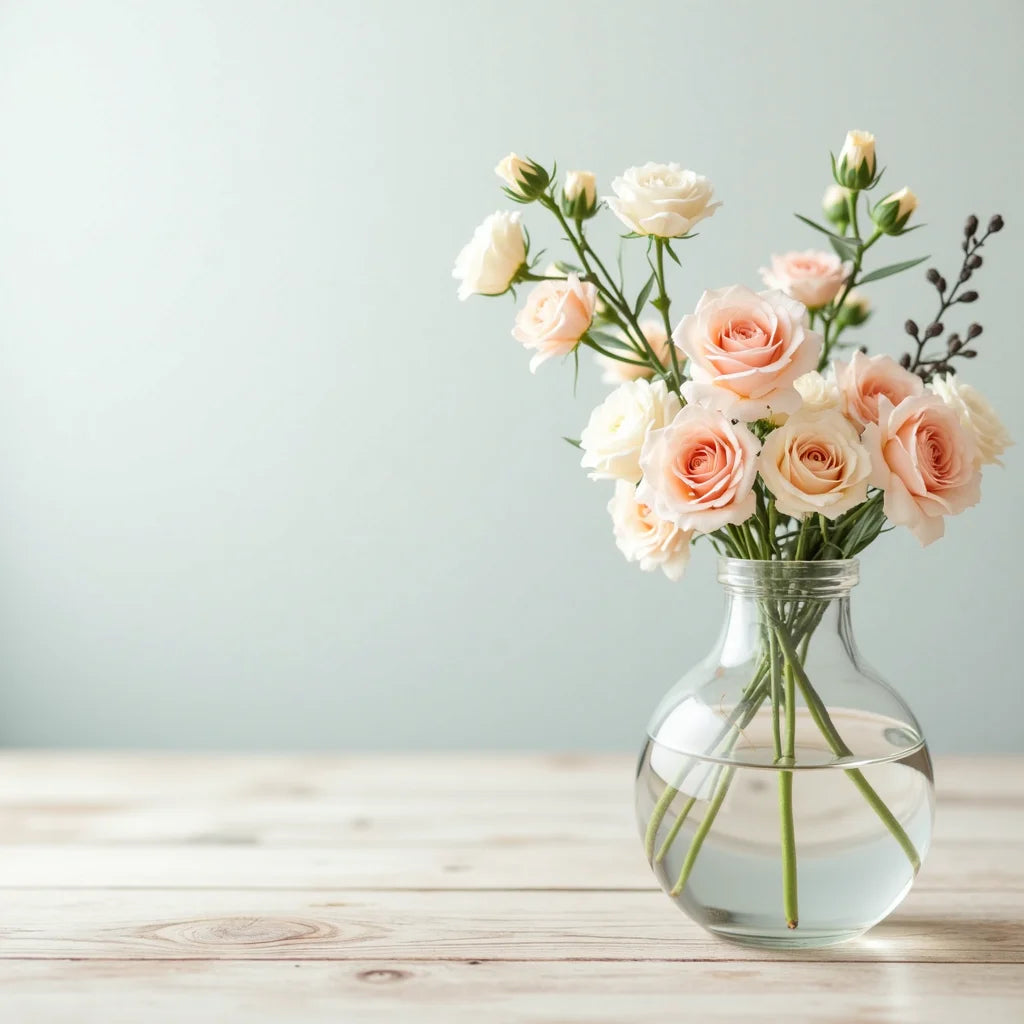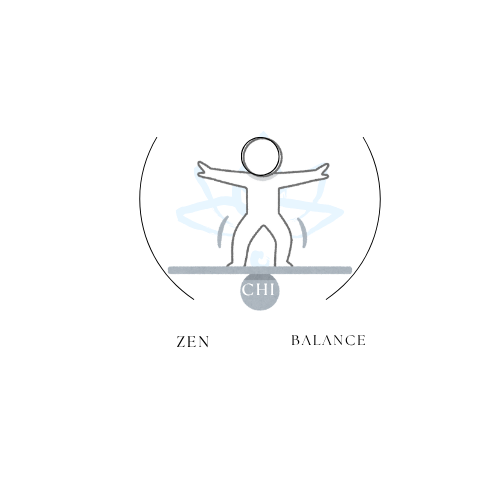
Design Your Wellness Systems for Daily Vitality and Ease
Share
Updated on: 2025-10-20
Table of Contents
- 1. Wellness Buyer’s Checklist
- 2. Step-by-Step Guide to Building a Daily Wellness Routine
- 3. Wellness FAQ for Holistic Health and Mindfulness
Wellness can be a calm, personal journey that meets you where you are. In the first few lines of your day, a simple breath, a mindful stretch, or a kind reminder can set a tone that supports your well-being and holistic health. This article offers a friendly structure for getting started: a buyer’s checklist to consider helpful tools, a step-by-step guide to ease new habits into your schedule, and an FAQ to answer common questions about self-care and mindfulness. The aim is to help you build a daily wellness routine for busy professionals or a small team with gentle, steady progress.
Wellness Buyer’s Checklist
A supportive wellness setup does not need to be complex or expensive. It may be helpful to start with a few simple items that make mindful practice easier and more consistent. The list below offers ideas to consider; choose what feels right for your space, time, and budget.
Holistic Health Basics
- Comfortable mat or cushion: Creates a steady base for gentle movement or quiet reflection.
- Water bottle or carafe: Encourages steady hydration throughout the day.
- Lightweight journal: Supports intention-setting, mood tracking, and brief gratitude notes.
- Timer or soft chime app: Helps set short mindfulness intervals without pressure.
- Soft lighting or a small lamp: Signals a calm environment for focused pauses.
Mindfulness and Self-Care Essentials
- Noise-friendly headphones: Make brief breathing practices more accessible in shared spaces.
- Gentle movement aids: Bands or light blocks can support posture and ease.
- Aromaless or neutral items: If scents are not suitable for your setting, choose neutral comfort items like a warm wrap or eye mask.
- Routine prompts: Place a small card or sticky note where you see it to remind you to pause, breathe, and reset.
- Simple tracker: A minimalist habit tracker can help you notice consistency without judgment.
Workplace Wellness Ideas for Small Businesses
- Quiet corner setup: A chair, small table, and plant can create a restorative micro-space.
- Shared break prompts: A calendar invite for a three-minute stretch can be helpful for teams.
- Well-being chat channel: Invite informal check-ins about mindful breaks and hydration.
- Flexible pause options: Encourage brief, personal pauses that fit different roles and schedules.
- Resource hub: Keep a simple page of routine ideas and short articles for quick reading. You can also browse gentle resources here: Learn more.
If you prefer curated tools and guides, you may find it helpful to explore a calm, organized collection and choose one or two items to start. When you are ready to build or refine your space, browse helpful options here: Explore tools.
Step-by-Step Guide to Building a Daily Wellness Routine
Building a routine can feel gentle when you start small and keep choices simple. The steps below offer a practical path that respects time limits while keeping focus on wellness and holistic health.
Step 1: Clarify What’s Important
It may help to begin with a short reflection. Consider how you would like to feel during and after your day. You might write one sentence such as, “I want a calmer morning” or “I want a clear mid-day reset.” Keep your words simple. This clarity guides your self-care choices and anchors mindfulness practices that fit your schedule.
- Choose one intention word for the week, such as steady, calm, or clear.
- Note two short practices that reflect that word, such as a two-minute breath or a five-minute walk.
Step 2: Map a Daily Wellness Routine
Look at your day in three parts: morning, mid-day, and evening. Choose one very small practice for each part. This plan supports a daily wellness routine for busy professionals without adding strain.
- Morning: Sit and breathe for one minute before opening your laptop or phone.
- Mid-day: Step away for a short walk or stretch between tasks.
- Evening: Write a few words in a journal to transition from work to rest.
You might keep a simple checklist near your workspace. A small visible cue can make wellness feel like a natural part of the day rather than another task.
Step 3: Design Your Personalized Wellness Plan
A personalized plan can be as modest or as detailed as you like. The goal is to make consistent, friendly choices. If you are wondering, “How can I create a personalized wellness plan?” consider these elements:
- Intention: A short statement about how you want your day to feel.
- Practices: Three to five brief activities you can do with ease.
- Space: A small, welcoming area with your chosen items within reach.
- Check-in: A weekly reflection with one note on what felt supportive.
If you would like a gentle place to begin, you may find introductory guides and habit prompts helpful. Feel welcome to browse concise how-to articles and tools here: Browse resources.
Step 4: Make It Work at Work
Wellness at work benefits from small, predictable moments. If you manage a team, you might explore workplace wellness program ideas for small businesses that respect different roles and schedules. Consider
- Short opt-in breaks: Offer a three-minute stretch at the same time each day.
- Meeting openers: Begin with one calm breath together before an agenda starts.
- Micro-learning: Share a weekly note about a tiny habit, like standing between calls.
- Flexible participation: Keep everything optional so each person can choose what fits best.
For team-facing materials, a single page with norms and options can be useful. If you need a simple starting point for team communication, you can reach out here: Contact support.
Step 5: Reflect and Adjust Gently
Consistency grows when the process feels kind. Each week, ask three questions: What felt good? What felt hard? What small change could help? Adjust one element at a time. Over a few weeks, you may notice that mindfulness and self-care feel easier to maintain.
- Track without judgment: A check mark is enough to celebrate a small win.
- Simplify when busy: Reduce a five-minute practice to one minute if time is tight.
- Refresh cues: Move your reminder note to a new spot to renew your attention.
As your routine settles, you might add variation. For example, try a walking pause instead of seated breathing, or write three words in your journal instead of a full paragraph. Keeping your wellness choices flexible helps them stay steady.
Wellness FAQ for Holistic Health and Mindfulness
What is wellness and why is it important?
Wellness is a supportive, whole-person approach to daily life. It includes how you care for your body, attention, emotions, and surroundings. It is important because your everyday choices can shape how you feel and function. Gentle routines can help you move through the day with more ease and clarity. Wellness also honors holistic health, which means attending to many parts of life—habits, rest, connection, and environment—in a balanced way.
How can I create a personalized wellness plan?
Start by naming a simple intention, such as “calm morning” or “clear focus.” Choose three brief practices that match your intention, like a short breath practice, a light stretch, and a two-minute journal entry. Place a few supportive items within reach. Review your plan weekly, note one thing that helped, and make one gentle adjustment. Keeping the plan small and flexible makes it easier to follow and refine over time.
What is a daily wellness routine for busy professionals?
A daily wellness routine for busy professionals is a set of short, reliable pauses that fit into a full schedule. A common template includes a one-minute morning breath, a mid-day stretch between tasks, and a brief evening reflection. The routine is easy to remember and quick to complete. When time feels tight, shorten a practice rather than skipping it, so your habit stays intact.
What are workplace wellness program ideas for small businesses?
Small businesses can benefit from simple, low-cost ideas that respect different needs. Consider a daily three-minute break, a weekly opt-in walk, a short mindfulness opener for meetings, and an optional quiet corner. Keep participation flexible, focus on supportive language, and offer a small library of prompts. Over time, these gentle actions can make wellness a shared, sustainable part of the workday.
Wellness grows with small steps, steady cues, and kind reflection. Whether you are refining your personal routine or shaping team-friendly options, a gentle approach encourages long-term consistency. If you would like to continue exploring supportive tools and concise guides that fit many schedules, you are welcome to visit: Visit site.

I'm a passionate curator at Zen Chi Balance, dedicated to spreading calm, harmony, and mindful living through faith-inspired lifestyle products. I help craft meaningful experiences for our global community of mindful shoppers.
The content provided is for informational and inspirational purposes only. It is intended to encourage personal growth, mindfulness, and balance in daily life. Zen Chi Balance does not provide medical, legal, or professional advice. For specific concerns or guidance, please consult a qualified professional. Visit us at www.zenchibalance.com for more inspiration and resources.
